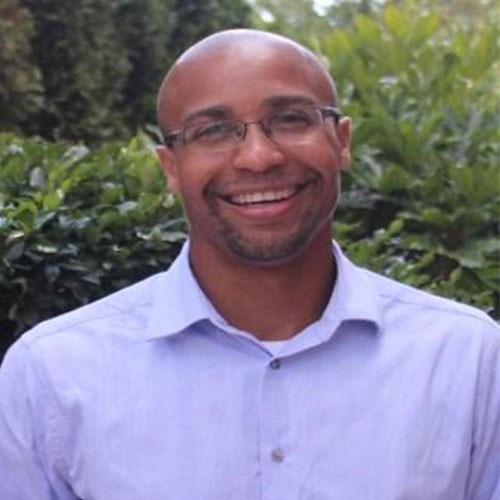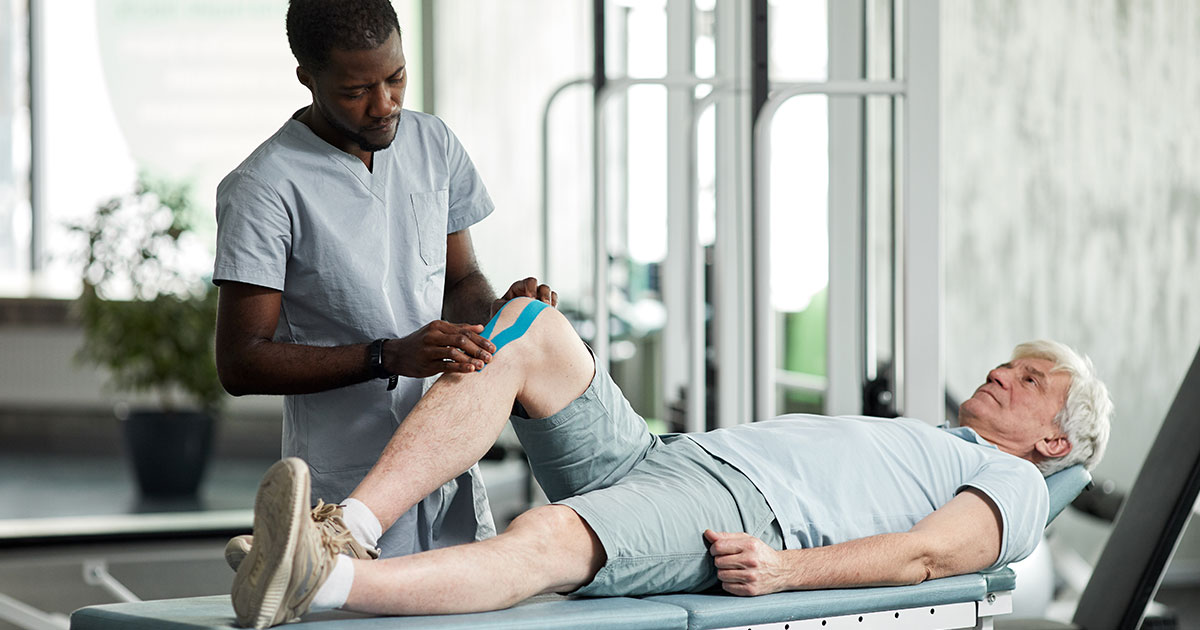It’s no surprise that there is a shortage of Physical Medicine and Rehabilitation (PM&R) and sports medicine clinicians. There are clinicians shortages in most specialties and PM&R is no exception. We’ve even talked about how to solve the problem.
In a previous article, I wrote about 3 Solutions to Drive Results. We looked at APPs, Telehealth and locum tenens to alleviate clinician shortages. Yet, the challenge remains. In some cases, there are manufactured biases and misconceptions about PM&R and how we can make an impact on the industry and our patients. As a result, we’re going to debunk myths about PM&R shortages.
Myth: Telehealth has no place in PM&R
Not everyone is on board with utilizing telehealth in PM&R. In truth, telehealth is a great opportunity to increase access to PM&R care. The recovery process is a pivotal step in rehabilitation and while some visits are predicated on in-person interaction, the American Academy of Physical Medicine and Rehabilitation (AAPM&R) “supports the coverage of telehealth services and encourages members to utilize telehealth as an expansion of their practice.” Additionally, travel can be a barrier to receiving care for some patients. By removing this barrier, we can deliver care to more patients in more places.
Myth: PM&R providers need to be onsite
PM&R can deliver great care in a virtual setting. In addition to providers meeting patients where they are, hospitals and medical practices can see significant improvements by adding a virtual component to their PM&R coverage by drastically lowering the rate of “no-shows” or cancelations.
Myth: APPs always need a lot of oversight
From the patient’s perspective, it is rarely about the letters behind the clinician’s name. They are looking for outstanding care from great providers. APPs can provide a high level of care if they are allowed to practice to the top of their license. It’s important to build a care model that removes barriers and gives APPs the freedom to deliver care to patients.
Myth: APPs won’t make my PM&R practice run faster
Adding APPs to an existing staffing model can bring considerable speed to a medical practice. Not only can APPs increase access to care for patients, but they can also free up physicians to handle complex cases and make the entire operation run smoother.
Myth: Locums doesn’t work in PM&R
PM&R is a growing specialty and finding staffing solutions is difficult. Hiring is expensive, challenging and time-consuming. There is a lot of competition for the same talent. As a result, many turn to locum tenens clinicians as a great way to fill gaps in care. By supplementing permanent, full-time staff, locum tenens can provide the flexibility a practice needs to deliver the right care at the right time in the right place.
There is a bright future for PM&R. While there are challenges in front of us, there are also solutions. By working together and not settling for the status quo, we can move the industry forward and deliver better results for our patients.

About the author
Jeremy Alexander
Vice President, Neurology and Physiatry
Jeremy Alexander is vice president of LocumTenens.com’s Neurology and Physiatry divisions. He joined the company as an account representative in 2005 before transitioning into a sales account executive role and senior account executive role in 2012. He was promoted to managing director in 2015 and again in 2020 to oversee the neurology team. Jeremy graduated from Georgia Southern University with a degree in broadcasting and a double minor in journalism and political science. He has won numerous awards while at LocumTenens.com, including Manager of the Month, Producer of the Month, Sales Associate of the Year and the MAX Award for Psychiatry, and he is a member of the 20-Million-Dollar Gross Profit Club. He lives in Alpharetta with his wife, their three children, two dogs and one cat.





